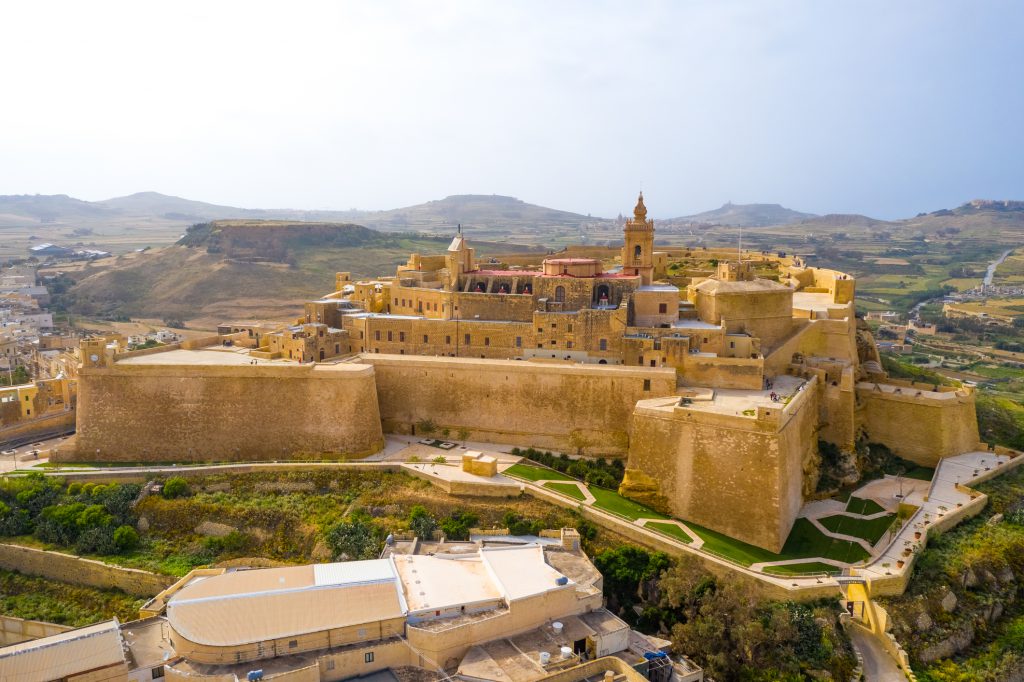Quo vadiz Gozo?

In recent years Gozo has undergone a significant transformation in terms of its demography, environment as well as the social and economic aspects.
Arguably, a major concern is the environmental threat posed by the rapid development growth, with a construction boom being experienced across the board especially in Sannat, Xaghra, Marsalforn and Xlendi. This development (pun intended) was the result of specific policies aimed to generate economic growth on the sister island and address its demographic decline. Measures such as lower stamp duty were specifically aimed for this purpose. There is nothing intrinsically wrong in such policy as long as there is clear direction, and more importantly certain red lines are not crossed. The latter refers to overdevelopment, aesthetic design, disproportionately massive buildings which dwarf entire communities, destruction of virgin land and a negative visual impact which ruins the traditional skyline. Unfortunately, areas like Xlendi have been ruined, with very little if any left of this traditional seaside village. Alarm bells are also ringing in other parts of Gozo, where for example the parish church has been dwarfed if not obfuscated by the rising urban sprawl. In this respect, there is an urgent need to take stock of the situation and regulate development to safeguard the characteristic village cores which are a main attraction in Gozo. Failure to act, will mean that villages like Ghasri, Gharb, San Lawrenz and Zebbug will be ruined.
From a demographic aspect Gozo has undergone a transformation as well. While policies have failed to reverse the brain drain as young Gozitans are still relocating to Malta for better job opportunities, they have attracted cheap labour and mirrored the situation in Malta. Hence, Gozo is experiencing an increase in anti-social behaviour and crime in areas like Marsalforn and Xlendi.
In terms of the labour market the influx of foreign workers has only served to fill the gaps in the Gozitan economy which have been created as a result of a ‘phenomenon’ whereby everybody wants to be on the State payroll. This is especially in the case in the tourism industry where over 80% of the workforce a foreigners. This industry is entangled in a vicious circle with foreign employees getting paid as little as €4.50 an hour which in turn means an unskilled workforce. The result is that tourists spending some days in Gozo are missing out on part of their experience, as their encounters with the local population are becoming quite rare. Moreover, the service being offered by the unskilled foreign workforce leaves much to be desired. In certain cases there have even been complaints that chambermaids were unable to distinguish between a face towel and a floor mat! In view of this it is crucial to improve the recruitment process to deliver a better experience. On the other hand, this must be complemented by better employment conditions.
Gozo’s future is very much at stake. If we truly believe that this is a gem, we must act now before it is too late. We cannot afford to go down the same route as in Malta.
